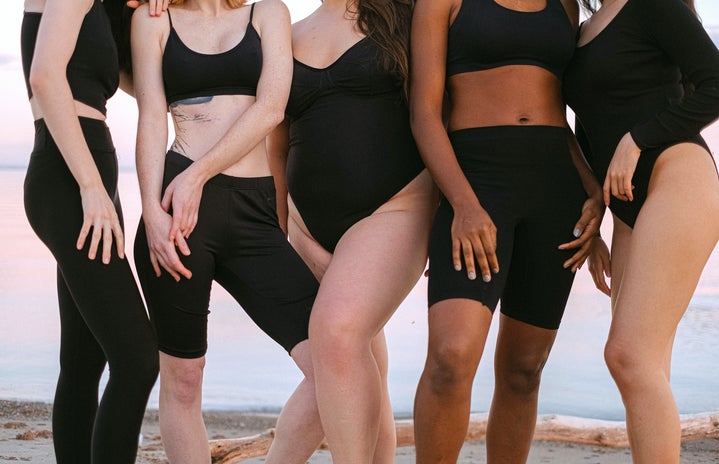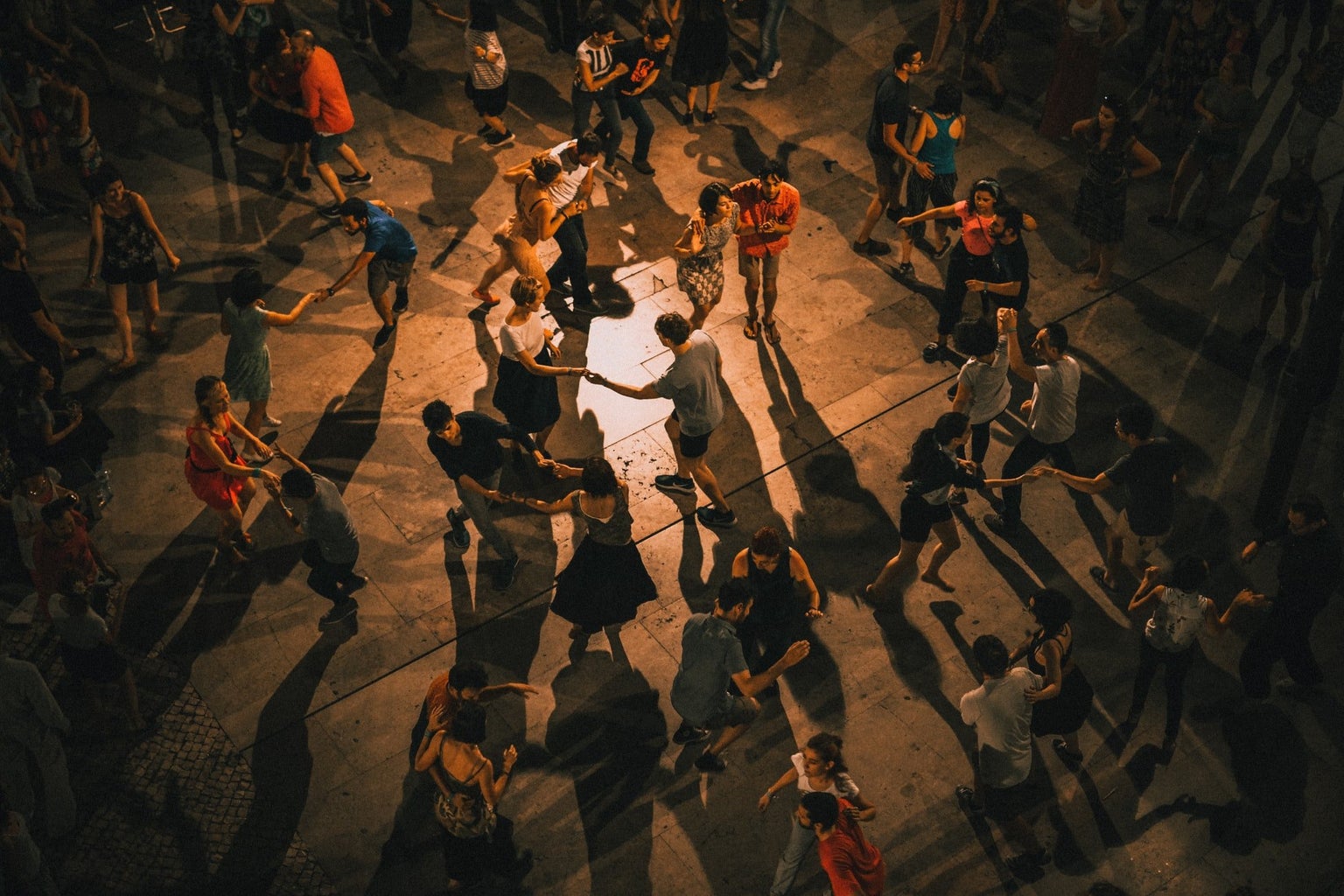How would you feel if I told you that anyone can dance? Or, if anything can be considered as dance, like a simple wave of your hand? In high school, I followed in the footsteps of my older sister, Cara, who strongly recommended that I take the Modern Dance class my school offered. As someone with very little dance background, I didn’t know what to expect, but after taking these classes for all four years of high school, I’ve never been more grateful for such a unique experience. Reflecting on this, I decided to talk with my sister about her own time in class.
Cara had only ever taken two dance classes at a young age, tap and hip hop, and disliked the structuredness of the dances that were taught. She explained how it was not necessarily focused on incorporating individuality but based more on just knowing and learning the steps. “I always wanted to dance,” she told me, “and I wanted to try pushing myself out of my comfort zone and try a new style of dance I hadn’t tried before.” The goal of the Walt Whitman Dance Program found at our high school is to make anyone feel welcomed into the class even with little to no experience, the main motto being that anyone can dance.
Cara’s definition of modern dance is “dance from the core, reflecting the organic rhythms of nature.” Modern dance typically involves movements starting with your abdominal muscles, such as contractions that create angular shapes of the body, traditionally done to reflect nature and emotion. This contrasts greatly with ballet which typically reflects fantasy with floating ballerinas.
To give you an idea, I’ll describe my first day of modern dance class. My teacher instructed us to close our eyes and turn in any direction away from the mirrors, to prevent us from looking at ourselves. She then spoke to guide us in moving our bodies in all kinds of weird ways: reflecting an emotion, pattern, or moving using just one part of the body. This made all of us feel kind of crazy. Even though everyone’s eyes were supposed to be shut, I remember feeling extremely focused on how I looked, struggling knowing that I was not coordinated in the slightest. She emphasized to us “the weirder, the better” and we eventually came to realize that this room was a place of no judgment. We are all here to feel our bodies move and create meaningful pieces of art.

The feeling of community in this class is indescribable. My teacher helped us feel comfortable leaving self-consciousness and any other typical teenager feelings outside the dance room door. My sister and I discussed how cool it was that it brought people together that we wouldn’t have otherwise met due to being in honors classes or just not often getting to mix with other grades. “It didn’t feel funny or uncomfortable to look weird,” my sister described, “[our teacher] really believes everyone can dance. She wouldn’t give up on anyone.”
After learning modern techniques for several weeks, the class leads up to what we call a Dance Concert at the end of the year. Every class put together two or three pieces of choreography to perform. It was so much fun having our dress rehearsals, which was when we tried on costumes and were able to sit in the audience and perform for each other, being able to see all of the different dances the classes came up with. Each piece was so fascinating, and it was so inspiring to see people’s personalities reflected in their movements. I made so many amazing friends that I’ll always remember sharing these memories with. One of the best parts was how we’d remind ourselves and each other just how important each individual was to this community by ending every class with a hand over our hearts and by saying, “I’m fabulous!”
Modern dance history has always been about expanding the traditional norms of dance, greatly extending what is referred to as dance to become such an innovative art form. So, you certainly don’t have to be a pro to dance. As Cara stated, “Maybe not breakdancing on your head or doing pointe ballet, but anyone can dance. You can just make it your own.” In modern dance, we had so many opportunities to sit together and discuss what we wanted our dances to reflect, aiming to make our choreography relevant and meaningful and to spark emotion in our audience. It is really a type of dance that you can make individually yours, coming together with other dancers to create such remarkable pieces!
Can’t get enough of HC UMass Amherst? Be sure to follow us on Instagram, listen to us on Spotify, like us on Facebook, and read our latest Tweets!




